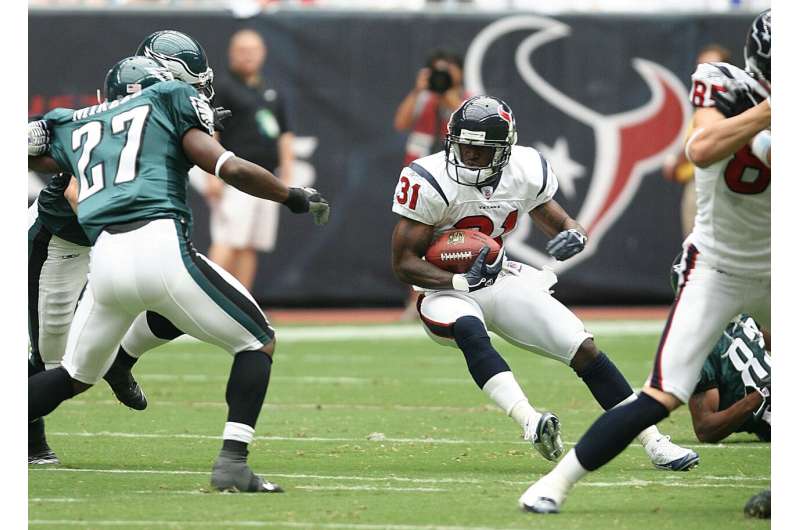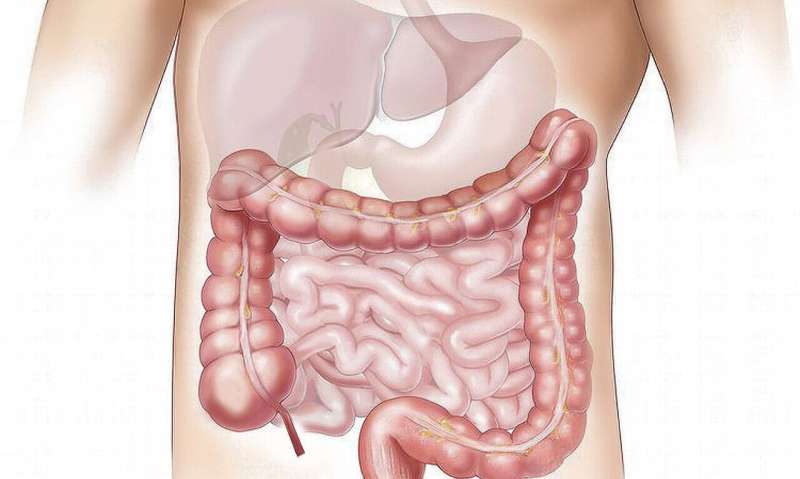Study Finds Player Position Affects ACL Injury Risk in NFL Athletes

A new study shows that NFL player positions, especially wide receivers and tight ends, influence the risk of ACL injuries, with implications for prevention and safety in football.
Recent research from the University of Missouri School of Medicine reveals that certain player positions in the NFL, particularly wide receivers and tight ends, are associated with a higher likelihood of suffering an anterior cruciate ligament (ACL) tear. Published in The Journal of Knee Surgery, the study analyzed 520 ACL injuries over a decade, from the 2012 to the 2022 season. The findings show that nearly half of these injuries resulted from contact mechanisms, such as collisions or tackles, while about a third occurred during non-contact actions like landing or pivoting.
The ACL plays a crucial role in stabilizing the knee and preventing excessive rotation. Injury to this ligament often requires surgical intervention, followed by extensive rehabilitation, sometimes lasting over nine months, with some athletes never returning to professional play.
Interestingly, the study found no significant difference in ACL injury rates between natural grass and artificial turf, contrasting with earlier research that suggested turf could increase injury risk. This change might be due to improvements in turf quality and safety over the years.
The research also highlights that ACL tears are more prevalent early in the season, with the highest incidence before week 9, and during games rather than practices. This pattern emphasizes the impact of high-intensity play and rapid directional changes on injury risk.
Overall, understanding the impact of player position and game circumstances on ACL injuries can help inform targeted prevention strategies and improve athlete safety in professional football.
Source: https://medicalxpress.com/news/2025-08-player-position-acl-nfl.html
Stay Updated with Mia's Feed
Get the latest health & wellness insights delivered straight to your inbox.
Related Articles
Understanding Tuberculosis as It Emerges in Maine and North Carolina: Who Is at Risk?
Recent reports of tuberculosis in Maine, North Carolina, and California highlight the importance of awareness, early detection, and treatment of this bacterial disease that remains a public health challenge in the U.S.
AI-Driven Handwriting Analysis as a Breakthrough in Early Dyslexia Detection
Innovative AI-powered handwriting analysis offers a new pathway for early detection of dyslexia and dysgraphia, paving the way for more accessible and efficient screening methods for children.
Early Colonoscopy Screening at Age 45 Shows Similar Neoplasia Detection Rates as Older Adults, Supporting New Guidelines
New research supports lowering the age for colonoscopy screenings to 45, showing detection rates similar to older adults and bolstering updated guidelines for colorectal cancer prevention.
Insufficient Evidence for Neurosteroid Drugs in Managing Postnatal Depression
Current studies do not conclusively support the use of new neurosteroid drugs like Zuranolone, Brexanolone, and Ganaxolone for postnatal depression. Further research is needed before they can be recommended in clinical practice.



